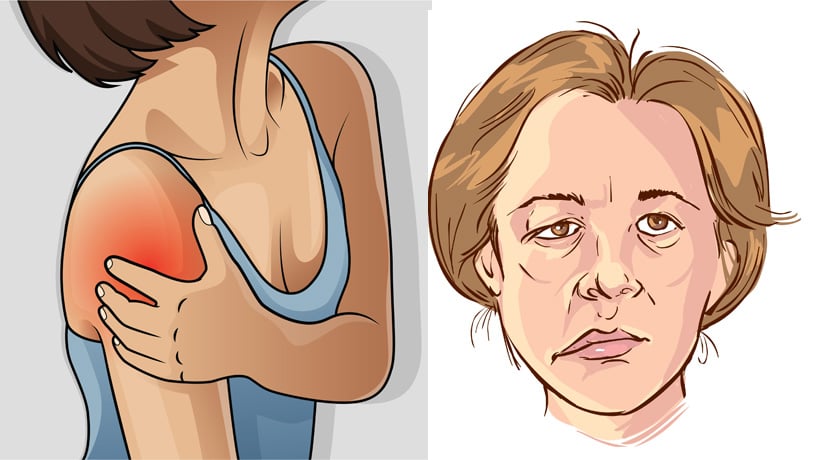Although stroke is the fifth leading cause of death in the United States, about 80% of these medical emergencies are preventable. As such, it is important to not only be aware of the signs and symptoms of a stroke, but also the risk factors you have control over.
This “brain attack” occurs when blood flow to an area of the brain is cut off and cells that are deprived of oxygen begin to die. When this happens, functions that are controlled by these areas begin to deteriorate.
Symptoms
If you are experiencing symptoms of a stroke, it is imperative that you get medical attention as soon as possible because immediate treatment minimizes long-term effects and decreases the risk of death.
Numbness, confusion, and vertigo are some of the most common signs to look out for, but here is an acronym (“FAST”) to help you remember a few more important symptoms in the face of an emergency.
- Face: One side of your face droops when you smile.
- Arms: One arm drops down when you raise both.
- Speech: You are slurring your words.
- Time: Keep track of when these symptoms began, because the longer it takes to receive medical attention, the more dangerous it can be.
Risk factors you cannot control
Although there are a number of risk factors that you can regulate to decrease your chance of having a stroke, some intrinsic qualities that predispose you to this medical emergency simply cannot be managed. They include (but are not limited to):
Age
Older adults are more likely to have a stroke than are younger adults, adolescents, or children.
Family history
Strokes are sometimes caused by genetic disorders, so if one or more of your family members has had a stroke, particularly before the age of 65, you might be at a higher risk of having one.
Race
African Americans are at a much higher risk of stroke-related deaths than are Caucasians, due in part to their increased chances of high blood pressure, diabetes, and obesity.
Gender
Women are more likely to have strokes than men are.
Risk factors you can control
If you are in one or more of the increased risk categories mentioned above, you can still reduce your likelihood of having a stroke by regulating the following factors:
Diet
Keep your sodium intake low because too much raises blood cholesterol levels, and maintain a diet that includes five or more servings of fruits and vegetables per day.
Physical activity
According to the American Stroke Association, being active for at least 150 minutes per week per week can decrease your chance of having a stroke. If you do not want to commit to a gym membership, make small, daily attempts to move by opting for the stairs instead of the elevator, or the 15-minute walk instead of the subway.
Smoking
Tobacco smoke has over 7,000 harmful chemicals, including cyanide and carbon monoxide. When these toxins enter your lungs, they reach the bloodstream, thereby damaging cells and increasing your risk of stroke.
Sources:
https://www.webmd.com/stroke/guide/signs-of-stroke
https://www.strokeassociation.org/en/about-stroke/stroke-risk-factors
https://www.strokeassociation.org/en/about-stroke/stroke-risk-factors/stroke-risk-factors-you-can-control-treat-and-improve
https://www.strokeassociation.org/en/about-stroke/stroke-risk-factors/stroke-risk-factors-not-within-your-control
https://www.stroke.org.uk/sites/default/files/smoking_and_the_risk_of_stroke.pdf



